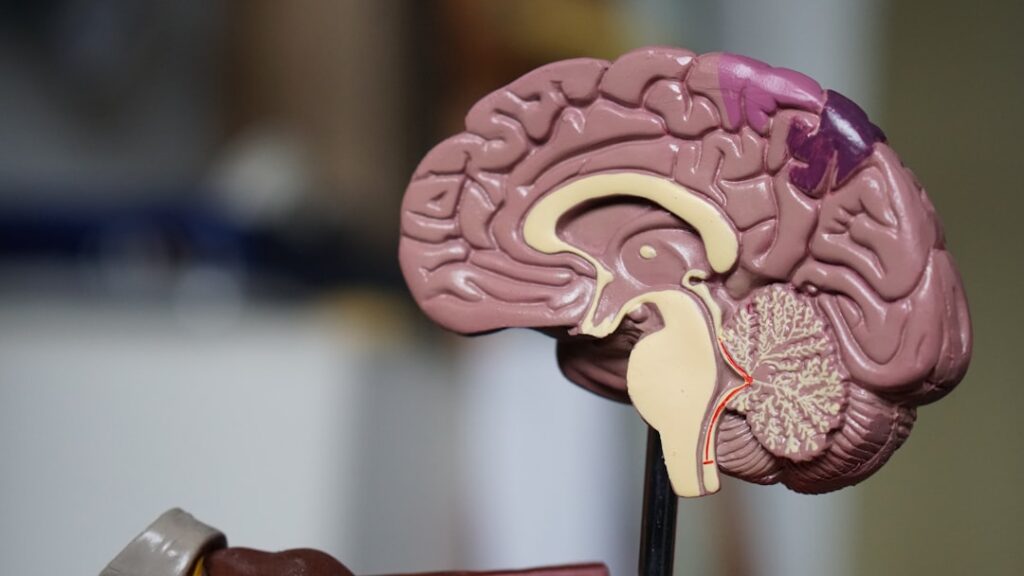Deduction vs. Induction: Two Pillars of Scientific Discovery
Science, at its core, is a quest for understanding the world around us. While the ultimate goal remains consistent, the methods used to achieve this understanding are diverse and often complementary. Two prominent approaches, deductive reasoning and inductive reasoning, represent fundamental pillars in the scientific process. Understanding their differences and applications is crucial to appreciating the breadth and depth of scientific inquiry.
Deductive Reasoning: From the General to the Specific
Deductive reasoning, often described as “top-down” logic, starts with a general statement (or premise) and examines the possibilities to reach a specific, logical conclusion. This process relies on established theories, laws, or principles. If the premises are true, the conclusion must also be true.
Example of Deductive Reasoning in Science:
- Premise 1: All men are mortal.
- Premise 2: Socrates is a man.
- Conclusion: Therefore, Socrates is mortal.
This example showcases the certainty inherent in deductive reasoning. Given the truth of the initial statements, the conclusion is irrefutable. In science, deductive reasoning is vital for testing hypotheses derived from existing theories. A scientist might hypothesize that if a certain chemical reaction occurs (general principle), then a specific observable change should happen (specific prediction). The experiment then tests this prediction.
Inductive Reasoning: From the Specific to the General
Inductive reasoning, conversely, takes a “bottom-up” approach. It begins with specific observations and moves towards a general conclusion or theory. Unlike deductive reasoning, inductive conclusions are probable but not guaranteed. They are based on evidence and patterns observed, but there’s always a chance the generalization could be wrong.
Example of Inductive Reasoning in Science:
- Observation 1: Every swan I have ever seen is white.
- Observation 2: All the swans my colleagues have observed are white.
- Conclusion: Therefore, all swans are white.
This famous example highlights the limitations of inductive reasoning. While the conclusion might seem logical based on the available data, the discovery of black swans demonstrated its fallibility. Inductive reasoning is crucial for generating hypotheses and forming new theories based on observed data. Scientists often observe a pattern in data collected through experiments or observations and then formulate a hypothesis to explain this pattern.
The Interplay of Deduction and Induction in Scientific Progress
While seemingly distinct, deductive and inductive reasoning are rarely used in isolation. They often work together in a cyclical process to advance scientific knowledge. A scientist might use inductive reasoning to develop a hypothesis based on observations and then use deductive reasoning to design experiments to test that hypothesis. The results of the experiments might then lead to further inductive reasoning and refinement of the theory. This iterative process is the engine of scientific discovery.
Here’s how they work together:
- Observation and Induction: Scientists make observations and identify patterns, leading to a tentative hypothesis.
- Hypothesis Testing (Deduction): Deductive reasoning is then used to design experiments that would support or refute the hypothesis.
- Analysis and Refinement (Induction): The experimental results are analyzed, which may lead to modifications or refinements of the hypothesis, or the development of a new one. This is back to the inductive stage.
Understanding both deductive and inductive reasoning is not just important for scientists but for anyone striving to think critically and solve problems. By appreciating the strengths and limitations of each approach, we can better navigate the complex world of information and evidence. The two approaches, used in tandem, represent the very essence of how science unfolds and our understanding of the universe grows.
Photo by Robina Weermeijer on Unsplash

